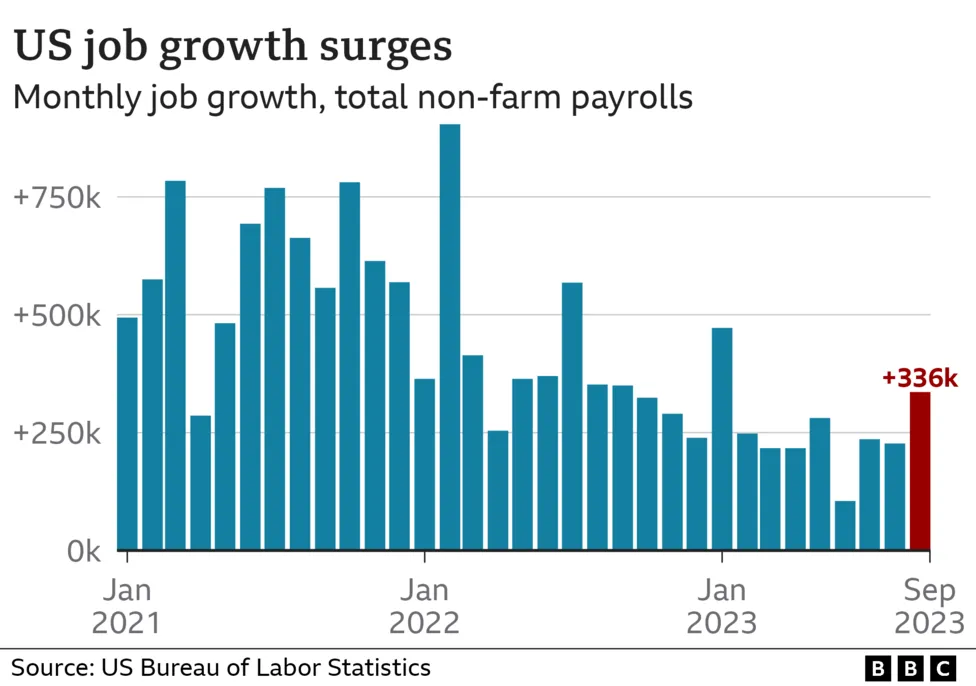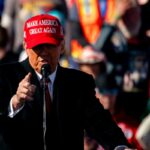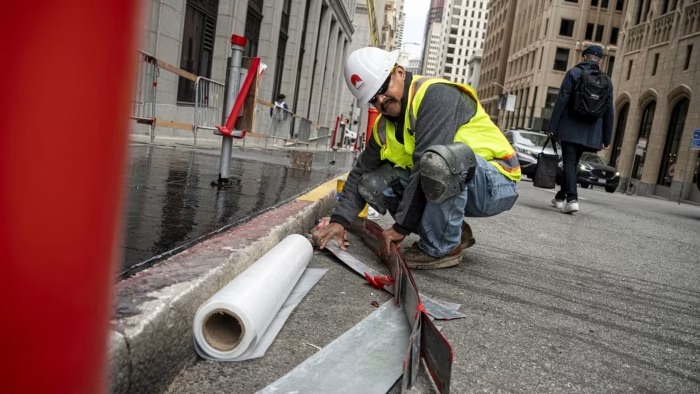The number of US jobs surged more than expected last month, fuelling expectations that interest rates could rise further.
Employers added 336,000 jobs in September, almost double the 170,000 estimated, according to figures released by the Labor Department.
Data for August was also revised higher to show 227,000 jobs were created instead of 187,000 previously reported.
The unemployment rate in the US remained at 3.8%.
The leisure and hospitality sector added 96,000 jobs alone in September, above the average monthly gain, with employment in food services and bars rising by by 61,000 over the month and returning to pre-pandemic levels.
But while job numbers surged, monthly wage growth remained moderate in September, with average hourly earnings rising 4.2% in the 12 months to September.
Last month, the US central bank kept its key interest rate unchanged as it considers whether it has done enough to stabilise inflation, which is the rate prices rise at.
The Federal Reserve’s rate target at 5.25%-5.5% is the highest level in more than two decades. The bank has raised borrowing costs from near zero in March 2022 in a bid bring rising prices under control.
But the jobs market’s resilience in the face of the Federal Reserve’s attempts to cool down the economy has led to suggestions interest rates could remain tight for some time.
Janet Mui, head of market analysis at wealth manager RBC Brewin Dolphin, said the 336,000 job gains “blows past even the most bullish estimate”.
Following Friday’s figures, traders added to bets that the central bank will raise interest rates before the end of the year and keep them high for longer next year.

The US, like many countries, suffered huge job losses as the Covid pandemic swept across the world in 2020, but employment rebounded strongly in 2021 and 2022 as restrictions were eased.
Job growth has since levelled off, but September’s 336,000 figure is well above the pre-pandemic average.
Brian Coulton, chief economist at ratings agency Fitch, said the strong jobs growth would “keep upward pressure on wages, making it more likely that the Fed has further to go in raising interest rates”.
Seema Shah, chief global strategist at Principal Asset Management agreed the Federal Reserve would “need to respond with more rate hikes”, saying the figures reinforced the “higher for longer narrative”.
Consumer prices in the US also rose more than expected in September due to higher costs for rent and fuel.
The inflation rate, which measures the pace of price rises, was 3.7% over the 12 months to August, up from 3.2% in July.
While inflation has dropped significantly from its peak last year, it is still higher than the Federal Reserve’s 2% target.
Source: BBC















